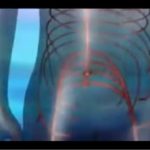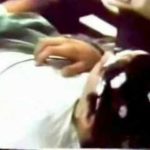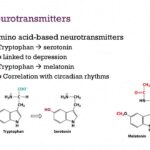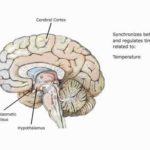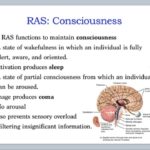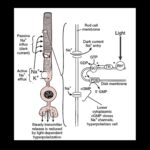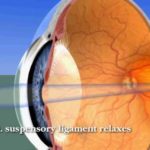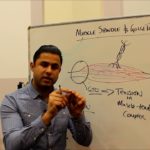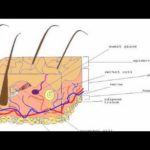Category: Brain and Biology
Sensory Systems
The sensory systems detect changes in our environment, translate them into electrical signals, and conduct the information through the nervous system where it is processed. The body has a range of different receptor types, each one specific to a given … Continue reading →
Hemispheric Specialization
Although cognitive tasks engage both cerebral hemispheres, there is evidence to suggest that some tasks engage one hemisphere to a greater degree than the other. Examples of these functions are handedness and language functions.
Neurotransmitters
Neurotransmitters are chemical substances which are released from neurons at the event of an action potential, typically into microscopic gaps (synapses) between points at which neurons meet. These substances bind to specific receptors at the receiving (post-synaptic) neuron, and can … Continue reading →
Suprachiasmatic Nucleus (SCN)
The suprachiasmatic nuclei (SCN) are two tiny regions of the brain situated in the hypothalamus, directly above the optic chiasm. They consist of clusters of a few thousand neurons, and are attributed to the control of circadian rhythms. Suprachiasmatic cells … Continue reading →
Reticular Formation
The reticular formation is an area of the brainstem without any clear anatomical boundaries, which is involved in the control of many basic bodily functions such as breathing, cardiovascular control, urination, vomiting, swallowing, chewing, control of eye-movement and the reflex … Continue reading →
Photoreceptors
Photoreceptors are specialized nerve cells in the retina of the eye, which respond to light. A light sensitive compound (photopigment) within the cell undergoes changes in its chemical properties when exposed to light waves, resulting in changes in chemical release … Continue reading →
Visual Accommodation
Visual accommodation is the adjustment of the curvature and thickness of the lense of the eye, in accordance with the distance of objects. This adjustment ensures the acuity of the image on the retina, and is very similar to how focus … Continue reading →
The Golgi Tendon Organ
Golgi tendon organs are a type of stretch receptor (similar to motor spindles) which are nerve cells activated by the stretching of tendons. Tendons are stretched when the connected muscle fibres are contracted, and therefore the golgi tendon organs increase activity … Continue reading →
Muscle Spindles
Muscle spindles are nerve cells which wrap around specialized muscle cells (so-called intrafusal fibres), and are stretched in coordination with the stretching of the muscle fibres. The firing rate of muscle spindle neurons increases when muscle fibres are stretched. This neural … Continue reading →
Merkel Cells or Merkel disks
Merkel disks are mechanoreceptors in the skin (beneath the epidermis), which are sensitive but also slowly adapting, and are found in particularly high concentration in skin on the outer extremities, the lips and on the outer genitials.
